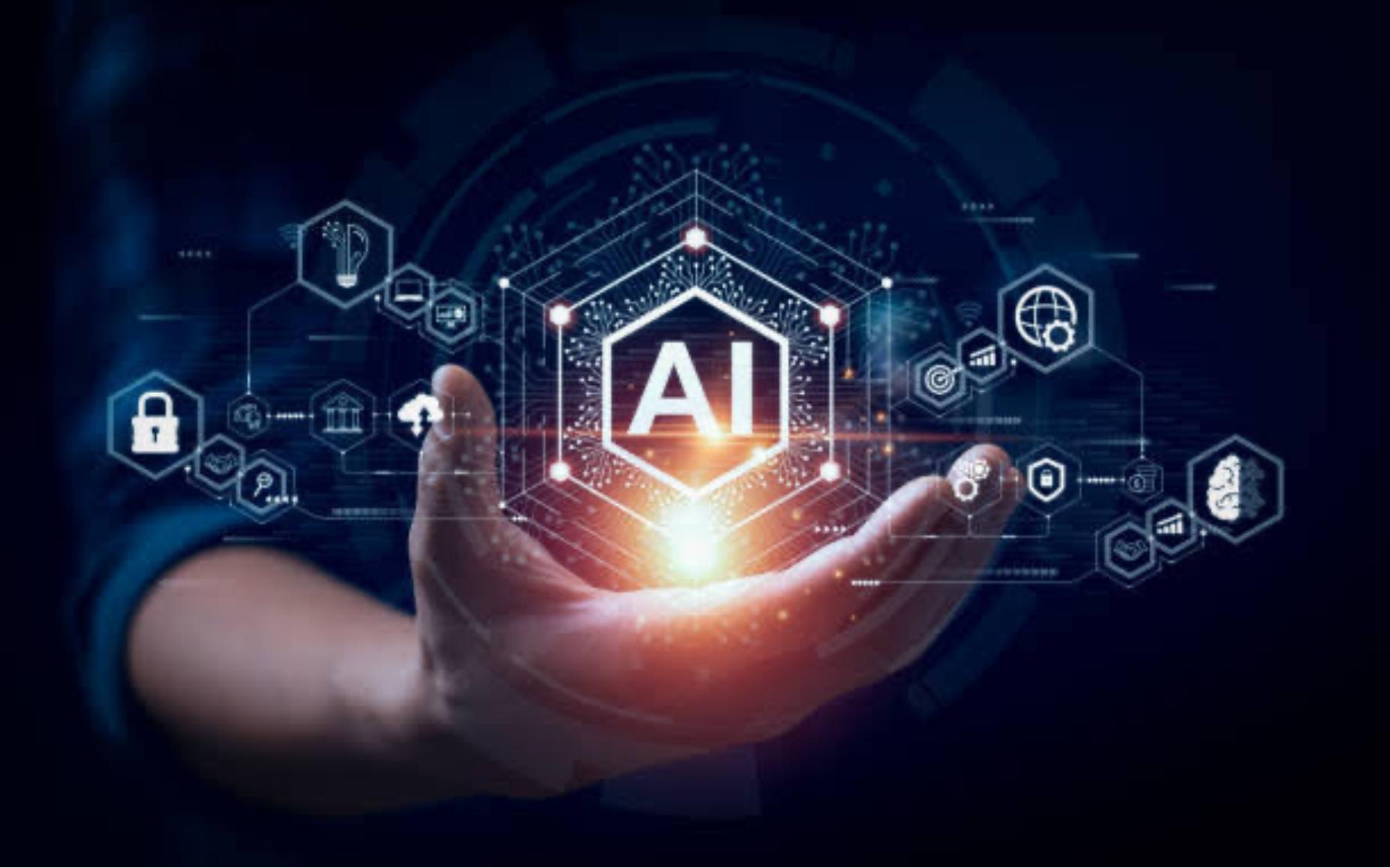Artificial intelligence (AI) is a concept that refers to a machine's ability to perform a task that would've previously required human intelligence. It's been around since the 1950s, and its definition has been modified over decades of research and technological advancements.
Today, AI powers self-driving cars, laptops, chatbots like ChatGPT, and image generators. So what is it, and how does it work?
The phrase AI comes from the idea that if intelligence is inherent to organic life, its existence elsewhere makes it artificial. Computer scientist Alan Turing was one of the first to explore the idea that machines could use information and logic to make decisions as people do. He coined the Turing test, which compares machine ability to human ability to see if people can detect it as artificial (convincing deepfakes are an example of AI passing the Turing test).
Basic computing systems function because programmers code them to do specific tasks. AI, on the other hand, is only possible when computers can store information, including past commands, similar to how the human brain learns by storing skills and memories. This ability makes AI systems capable of adapting and performing new skills for tasks they weren't explicitly programmed to do.
Also: ChatGPT vs. Microsoft Copilot vs. Gemini: Which is the best AI chatbot?
Some experts define intelligence as the ability to adapt, solve problems, plan, improvise in new situations, and learn new things. Though these systems aren't a replacement for human intelligence or social interaction, today's AI systems demonstrate some traits found in human intelligence, including learning, problem-solving, pattern-finding, perception, and even a limited spectrum of creativity and social awareness.
Also: The best AI image generators to try right now
Of course, an important component of human intelligence is something that AI hasn't been able to replicate yet: context. For example, Google AI lacks real-world logic and can't discern human subtleties like sarcasm and humor, as evidenced by the technology advising you to add glue to pizza sauce to help the cheese stick or use gasoline to make spaghetti spicy. These examples are lower stakes, but an AI system taking action without semantic understanding can have major consequences in the wrong situation.

